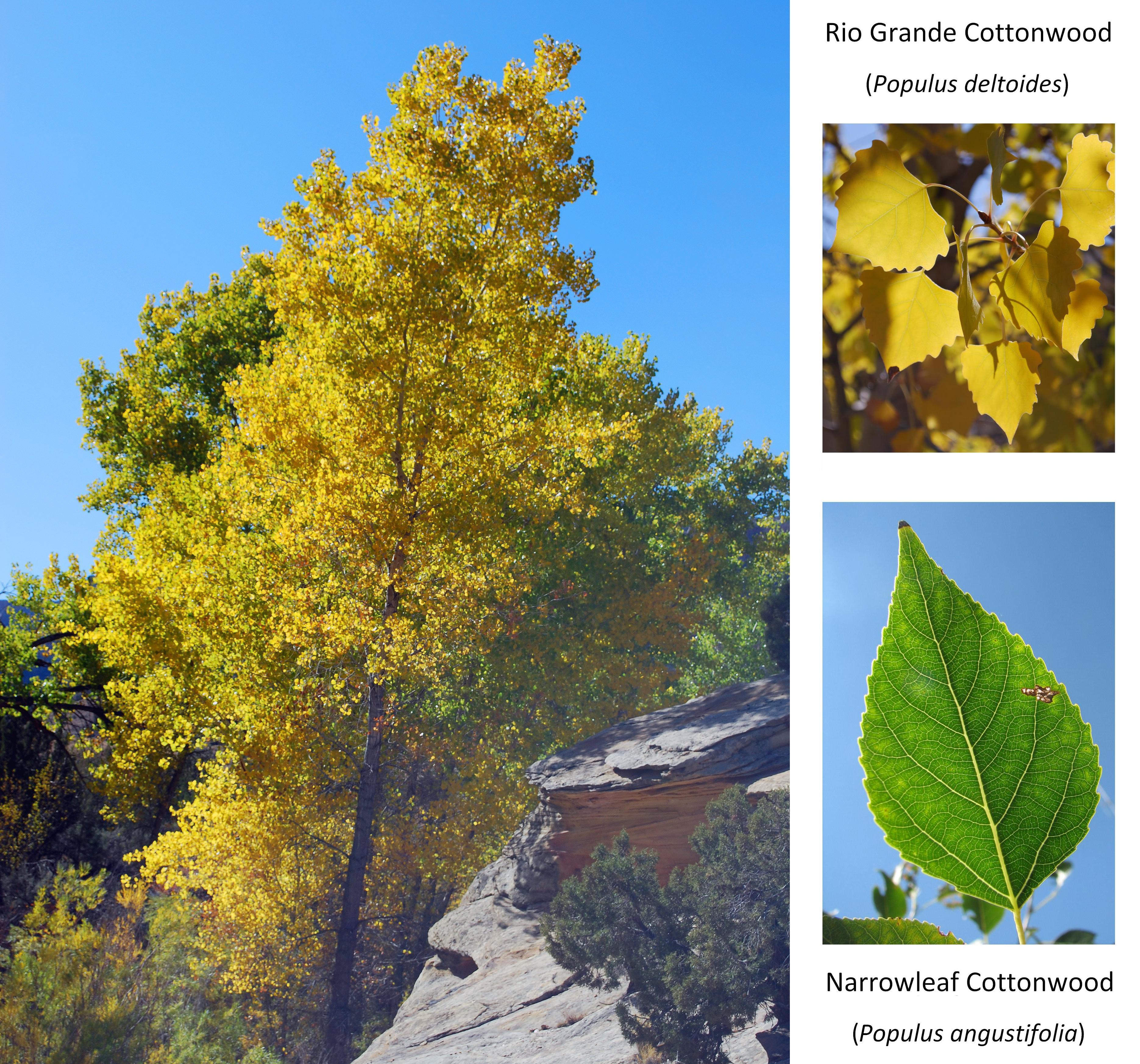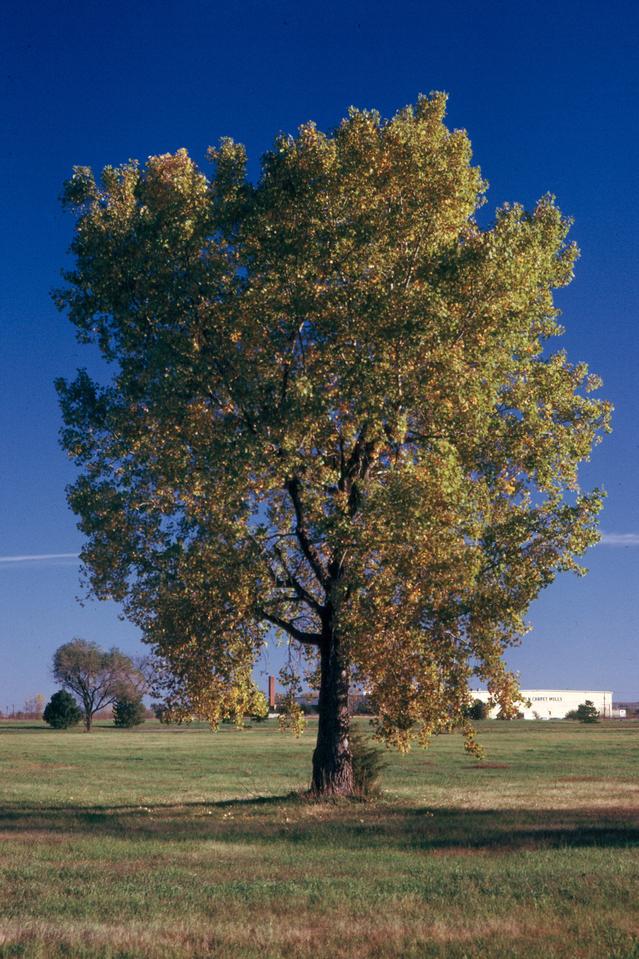Kansas State Tree: Discover The Majesty Of The Cottonwood
When you think of Kansas, what comes to mind? Rolling plains, golden wheat fields, and the iconic cottonwood tree standing tall against the horizon. Yep, that's right—the cottonwood is more than just a tree; it’s a symbol of resilience, strength, and natural beauty. This majestic tree has been part of the Kansas landscape for centuries, and today, we’re diving deep into its story. Whether you’re a nature lover or just curious about the great outdoors, this article will blow your mind.
Let’s be real, folks. Trees often get overlooked in our busy lives, but the cottonwood deserves a spotlight. It’s not just any tree—it’s the official state tree of Kansas, chosen back in 1937. Why? Well, because it’s as tough as the people who call this state home. It thrives in harsh conditions, grows rapidly, and provides shelter for wildlife. That’s some serious tree power!
And hey, if you’re wondering why we’re talking about the cottonwood, it’s simple. This tree represents the spirit of Kansas—strong, adaptable, and full of character. So, buckle up, because we’re about to take you on a journey through its history, significance, and everything that makes it truly special. Oh, and don’t worry—we’ll keep it interesting, promise!
Read also:Rick Pitino Opens Up On Benching Rj Luis During St Johns Seasonending Loss In Exclusive Clip
What Makes the Cottonwood So Special?
Alright, let’s talk about what sets the cottonwood apart from the rest of the tree crew. First off, it’s a beast when it comes to growth. Seriously, this tree can shoot up like a rocket, reaching heights of 70 to 100 feet. That’s taller than most buildings in small towns! Plus, its broad canopy provides tons of shade, making it a favorite spot for picnics and outdoor gatherings.
But here’s the kicker—the cottonwood isn’t just big; it’s also beautiful. Its leaves shimmer in the sunlight, creating a mesmerizing effect that’s hard to ignore. And during the spring, those fluffy white seeds float around like snowflakes, adding a magical touch to the landscape. Nature’s confetti, anyone?
Why Kansas Chose the Cottonwood
Now, let’s rewind to 1937 when Kansas officially adopted the cottonwood as its state tree. It wasn’t a random choice, folks. The cottonwood has deep roots (pun intended) in the state’s history and culture. Native Americans used its wood for tools and shelters, while settlers relied on it for fuel and building materials.
Plus, the cottonwood is a survivor. It can handle extreme weather, from scorching summers to freezing winters. In a state where the elements can be unpredictable, this tree’s ability to adapt and thrive is nothing short of impressive. So, it’s no wonder Kansas decided to honor it as the ultimate symbol of resilience.
Biography of the Cottonwood Tree
Let’s dive into the life story of this incredible tree. The cottonwood, scientifically known as Populus deltoides, belongs to the willow family. It’s native to North America and can be found across the central and eastern United States. But Kansas? That’s where it truly shines.
Here’s a quick rundown of the cottonwood’s key stats:
Read also:What Does Obsidian Kingdom Mean Unveiling The Mysteries Of The Name
| Scientific Name | Populus deltoides |
|---|---|
| Family | Willow |
| Height | 70–100 feet |
| Canopy Spread | 50–75 feet |
| Leaf Shape | Triangular with serrated edges |
| Seed Type | Fluffy white seeds |
As you can see, the cottonwood is a force to be reckoned with. Its size, shape, and unique characteristics make it a standout in the world of trees. And let’s not forget its role in shaping the landscape of Kansas. This tree isn’t just a pretty face—it’s a vital part of the ecosystem.
History of the Cottonwood in Kansas
Back in the day, the cottonwood was more than just a tree—it was a lifeline for the people of Kansas. Native American tribes like the Kansa and Osage used its wood to craft canoes, spears, and other tools. They even believed the tree had spiritual powers, calling it the “tree of life.”
When European settlers arrived, they quickly realized the cottonwood’s value. It provided shade for their livestock, wood for their homes, and even served as a natural landmark in the vast prairies. In fact, many early maps of Kansas featured cottonwood groves as reference points for navigation. Talk about a versatile tree!
The Cottonwood in Modern Times
Fast forward to today, and the cottonwood is still going strong. While its role as a survival tool may have diminished, it remains an important part of the environment. Its massive roots help prevent soil erosion, and its leaves provide food and shelter for countless birds and insects.
And let’s not forget its cultural significance. The cottonwood is a symbol of Kansas pride, featured in everything from state parks to school mascots. It’s the kind of tree that makes you stop and appreciate the beauty of nature, even if you’re just driving down a country road.
Ecological Importance of the Cottonwood
Okay, let’s talk science for a moment. The cottonwood plays a crucial role in maintaining the balance of ecosystems across Kansas. Its extensive root system helps stabilize riverbanks and prevent flooding, which is a big deal in this part of the country. Plus, its leaves produce oxygen and absorb carbon dioxide, making it a natural air purifier.
But that’s not all. The cottonwood is a habitat hub, providing homes for a wide variety of wildlife. From bald eagles nesting in its branches to squirrels scurrying around its trunk, this tree supports an entire community of creatures. And let’s not forget the pollinators—bees, butterflies, and other insects rely on its flowers for food.
Conservation Efforts
Despite its resilience, the cottonwood faces challenges in the modern world. Urbanization, climate change, and disease threaten its survival. That’s why conservation efforts are more important than ever. Organizations like the Kansas Forest Service are working hard to protect and preserve these magnificent trees.
You can help too! Planting cottonwood trees in your backyard, supporting local conservation programs, and spreading awareness about their importance are all great ways to make a difference. After all, every little bit helps when it comes to protecting our natural heritage.
Cultural Significance of the Cottonwood
Throughout history, the cottonwood has been more than just a tree—it’s been a source of inspiration. Artists, writers, and musicians have drawn on its beauty and symbolism to create works that celebrate the human connection to nature. In fact, the cottonwood is often used as a metaphor for strength, growth, and renewal.
For example, in Native American folklore, the cottonwood is seen as a bridge between the physical and spiritual worlds. Its towering presence and ability to thrive in challenging environments make it a powerful symbol of perseverance. And in modern culture, it continues to inspire people to connect with the natural world.
Symbolism in Art and Literature
From paintings to poems, the cottonwood has been immortalized in countless forms of art. Its distinctive shape and shimmering leaves make it a favorite subject for artists looking to capture the essence of nature. And in literature, it often represents the enduring spirit of humanity.
One famous example is John Steinbeck’s novel The Grapes of Wrath, where the cottonwood is described as a symbol of hope and survival. Its presence in the dusty plains of Oklahoma and Kansas serves as a reminder that even in the harshest conditions, life finds a way to flourish. Now that’s some serious tree power!
Practical Uses of the Cottonwood
Let’s talk about the practical side of things. The cottonwood isn’t just a pretty face—it’s also a useful tree. Its wood is lightweight and easy to work with, making it ideal for a variety of applications. From furniture making to paper production, this tree has a lot to offer.
Here are just a few examples of how the cottonwood is used today:
- Building materials for homes and barns
- Furniture and cabinetry
- Pulpwood for paper production
- Fuel for heating and cooking
And let’s not forget its role in landscaping. The cottonwood’s rapid growth and impressive size make it a popular choice for creating natural barriers and windbreaks. Whether you’re looking to beautify your property or protect it from the elements, this tree has got you covered.
Fun Facts About the Cottonwood
Before we wrap things up, let’s take a look at some fun facts about the cottonwood:
- Its seeds can float for miles on the wind, making it one of the most successful colonizers in the plant world.
- The cottonwood is the largest hardwood tree in North America.
- Its bark contains salicin, a compound similar to aspirin, which has been used for centuries as a natural pain reliever.
- In some cultures, the cottonwood is believed to have healing properties and is used in traditional medicine.
Who knew a tree could be so fascinating? The cottonwood truly is a marvel of nature, and the more you learn about it, the more you appreciate its significance.
Conclusion: Embrace the Majesty of the Cottonwood
So, there you have it—the incredible story of the Kansas state tree, the cottonwood. From its historical roots to its ecological importance, this tree is a true gem. Whether you’re admiring its beauty, learning about its cultural significance, or discovering its practical uses, the cottonwood has something to offer everyone.
Now, here’s where you come in. Take a moment to appreciate the cottonwood the next time you see one. Plant one in your yard, share this article with a friend, or simply take a walk through a park and marvel at its majesty. Every small action helps preserve this incredible tree for future generations.
And hey, if you’ve got something to say about the cottonwood, drop a comment below. We’d love to hear your thoughts, stories, or questions. After all, the cottonwood belongs to all of us, and together, we can ensure its legacy lives on. So, what are you waiting for? Get out there and discover the magic of the cottonwood!
Table of Contents
- What Makes the Cottonwood So Special?
- Why Kansas Chose the Cottonwood
- Biography of the Cottonwood Tree
- History of the Cottonwood in Kansas
- The Cottonwood in Modern Times
- Ecological Importance of the Cottonwood
- Conservation Efforts
- Cultural Significance of the Cottonwood
- Symbolism in Art and Literature
- Practical Uses of the Cottonwood
- Fun Facts About the Cottonwood


